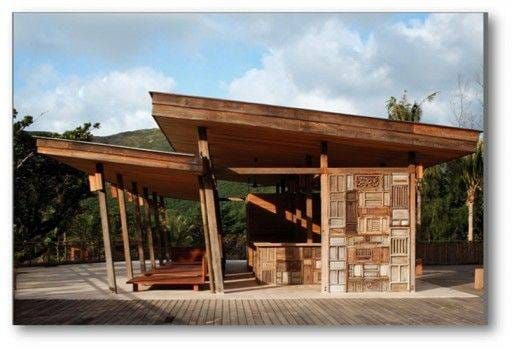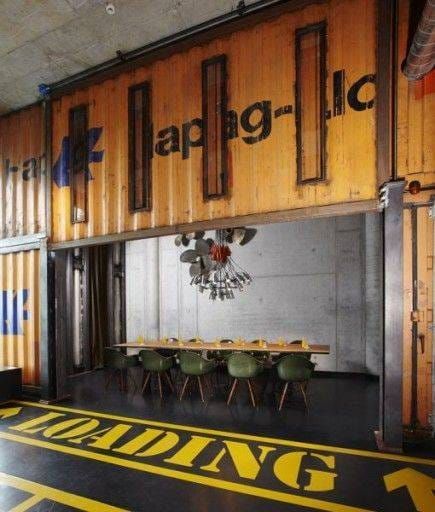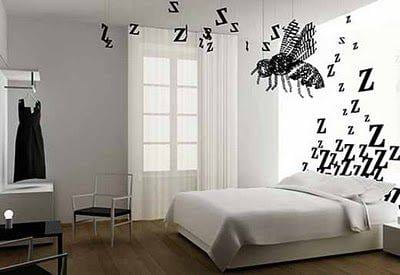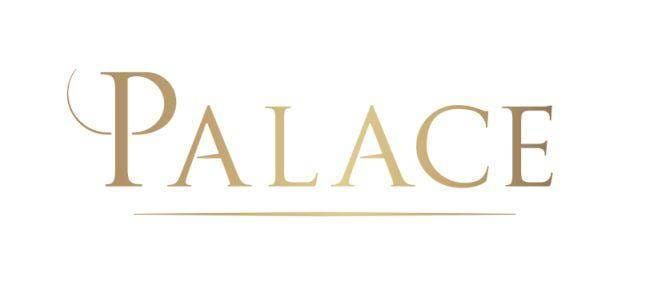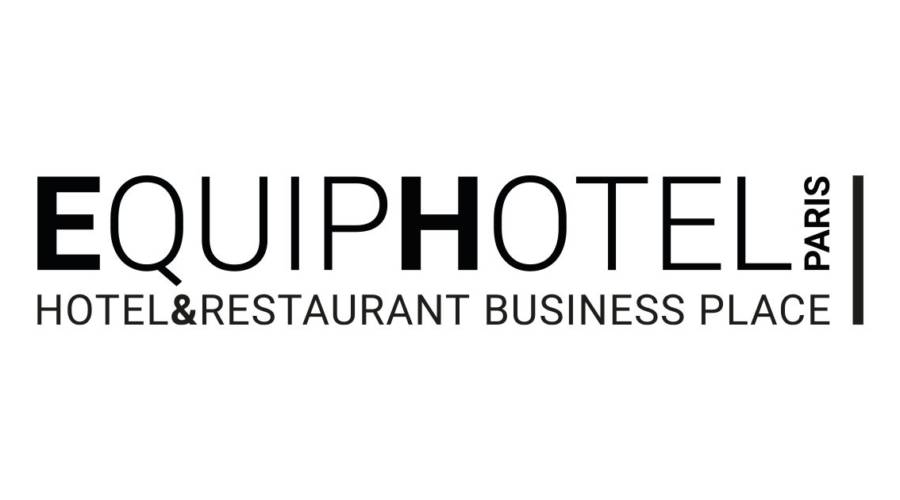I recently had the pleasure of conducting a roundtable with Iris Maluski at the Maison & Objet Salon around the theme:
“BEING AWAY FROM HOME IN A HOTEL”
Be sure to check out all my articles with other guest speakers from the salon:
=> Fabrice Knoll
=> Réda Amalou
=> Alexis Tricoire
I leave you to discover the international panorama that she’s prepared on the topic as the opening speaker for the conference.
The idea of being away from home in a hotel carries two notions: disorientation on the one hand, and a distinct, singular, even unusual experience on the other.
To assist hotels in differentiating themselves and thereby offering their clientele a unique experience, interior designers find themselves with two possibilities: taking inspiration from the geographical and cultural environment of the establishment or attempting to break the traditional codes of the hotel industry.
1 – Being elsewhere, in the exotic sense of the term.
Being elsewhere in the sense of disorientation: in this case, the interior designer offers the user a dive into authenticity, in seeking to provide the closest possible means to a vernacular way of living and a local aesthetic.
Hotels thus further adapt their decoration to their environment by using chromatic scales and materials that reflect the country in question as closely as possible.
The Six Senses Con Dao
2 – Being away in a hotel also lends itself to being interpreted in the sense of living out a unique experience in a conceptual space that has been specially designed to offer its user a moment of novelty or a new approach to space, with at times a playful attitude.
Why? Thanks to the Internet, clients these days enjoy access to a large array of visuals and information to instruct themselves even before their stay begins. A client thus has every opportunity to choose a space that represents something outside of the ordinary. Not to mention, he may already have a certain experience with traveling that allows him to compare one space to another. From there, the comfort that he already feels at home, as well as his increasingly deepening knowledge of interior arrangement may lead him even further to seek out novelty during his travels.
So we owe it to ourselves to keep pace with a clientele that is growing more and more demanding, gaining increasing control over his own choices, and remaining steadily in pursuit of an experience so singular that he would not be able to live it out otherwise in his own home.
The Tree Hotel in Sweden
What, then, do we offer to our user? Interior designers often propose a new approach that involves shaking up traditional conceptions of space.
In fact, one of the larger trends we’re seeing today is the option to personalize spaces, which runs contrary to the more traditional custom in hotels to insist on standardization.
Hotels strive for differentiation, therefore, in order to leave as much of an impression as possible through the singularity of their interior layout and design, in order to bring an additional sizeable benefit to their establishment.
Mama Shelter designed by P. Starck
HafenCity in Hamburg
Interior designers also manipulate the space to the point of breaking the classic codes of the hotel experience, and they may even install arrangements that rupture the traditional client experience.
The layout of the room, the placement of the bed and the bathroom, have been reinvented. These spaces are no longer strictly defined and can adapt according to the desire of the client. Some designers even choose to displace the bathroom in the very interior of the room. This is something you’ll find, for instance, in the Hi-Hotel in Nice, where Matali Crasset clearly had fun playing around with and subverting the traditional codes of hotel design.
Hi Hotel by Matali Crasset in Nice
Then there are those architects that indulge the wildest, most daring corners of their imagination, as in the HüttenPalast in Berlin.
HüttenPalast in Berlin
At Wanderlust in Singapore, hotel manager Loh Lik Peng opened up a blank canvas to four different interior designers by assigning each one to a different floor, where they each expressed their individual interpretation of contemporary style and comfort. The agency Asylum designed the lobby in a glam-industrial style, while the restaurant La Cocotte met with high praise for its upscale boho style. Meanwhile, continue the voyage upstairs, and you’ll find 29 rooms, with some designed by Phunk Studio in colors of varying intensity and others by DP Architects in minimalist black-and-white. And don’t forget the highly unique duplex designed by the multidisciplinary agency fFurious, guaranteed to inspire fabulous dreams for its occupants. Loh Lik Peng fondly describes his hotel as a “playground for adults.”
And after all, the German term ‘Wanderlust’ expresses the powerful desire to travel and discover new things—a break with the quotidian that neatly captures the theme of this conference!
Others call on the creativity of fashion designers to further distinguish their hotels and craft within them some truly unique spaces.
Haute Couture Hotel: (Maison Moschino in Milan)
Would you like to respond to this article? Share one of your experiences? Have any questions? Please don’t hesitate to contact me via email by clicking here.
Laurent Delporte, an editor and conference speaker, is a strategic expert in the sector of hotels. A visionary, he brings his unique look on hotels in service to the decision-makers in the industry, whether to enhance the development of new projects or strategic visions.
Laurent has visited and audited over 350 hotels across the world and also participates in mystery visits to provide quality control for the world’s finest hotels.


 HOME
HOME



